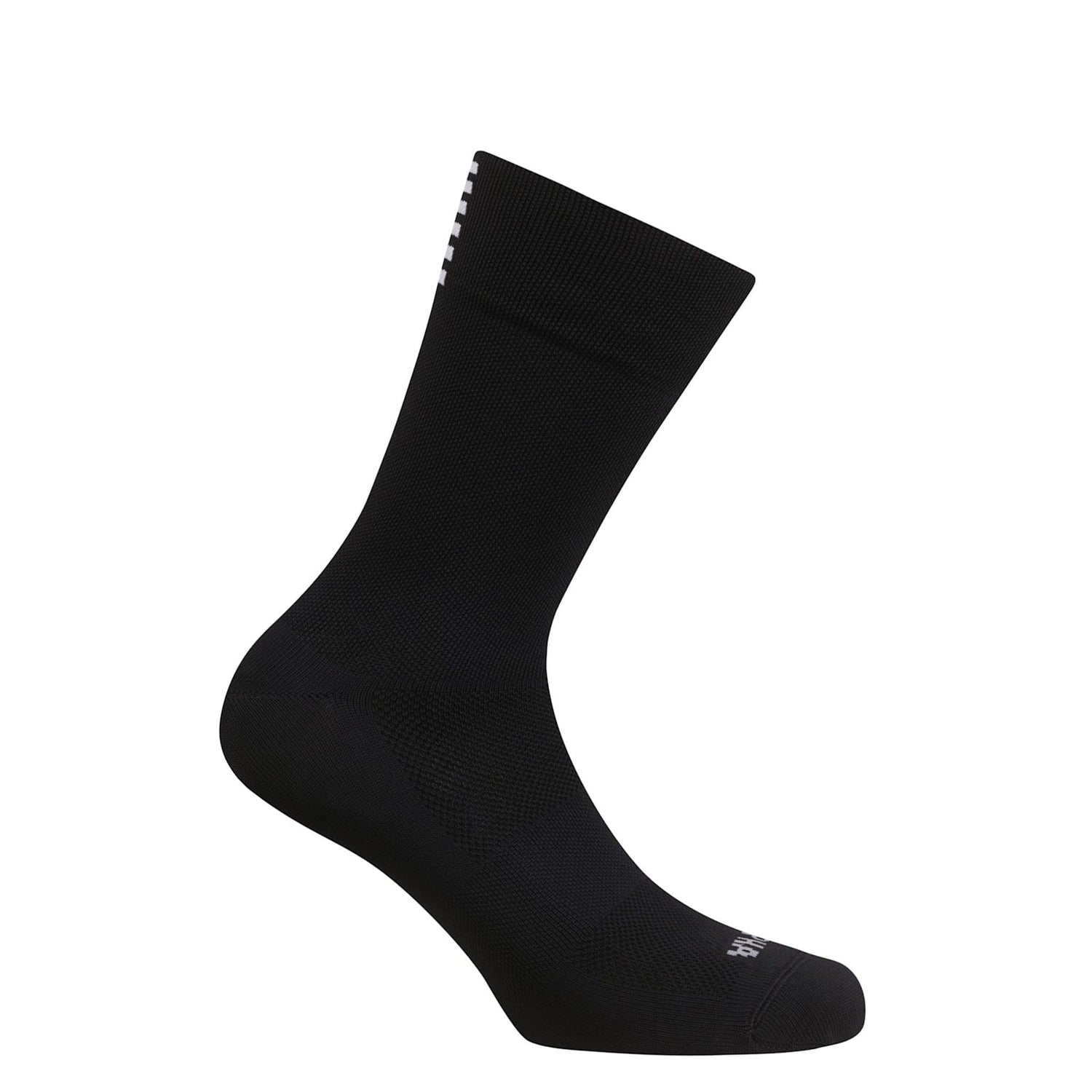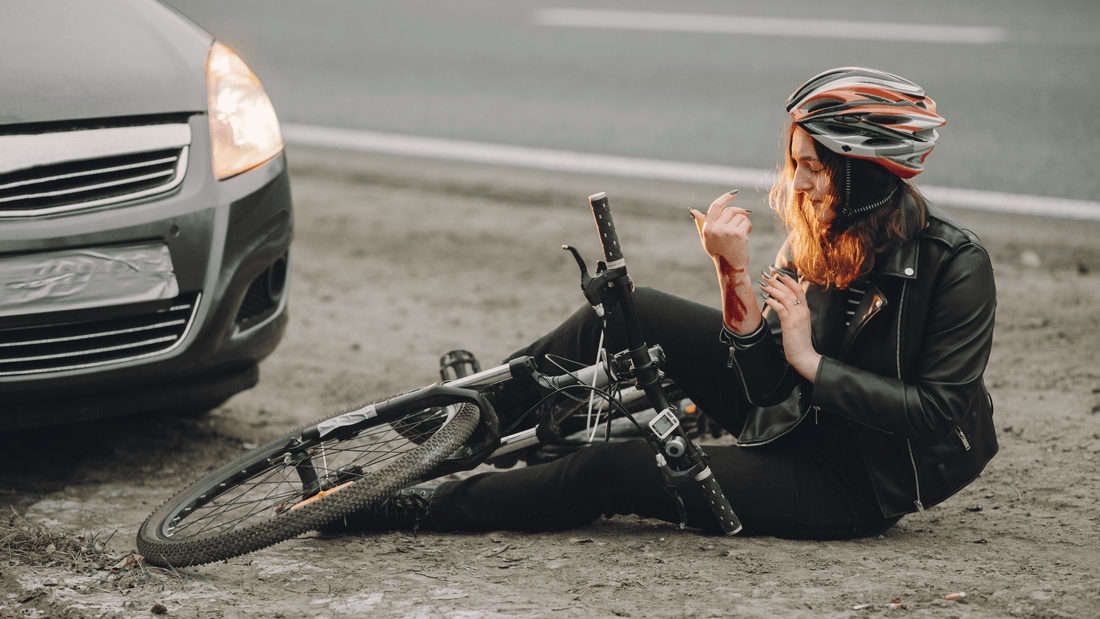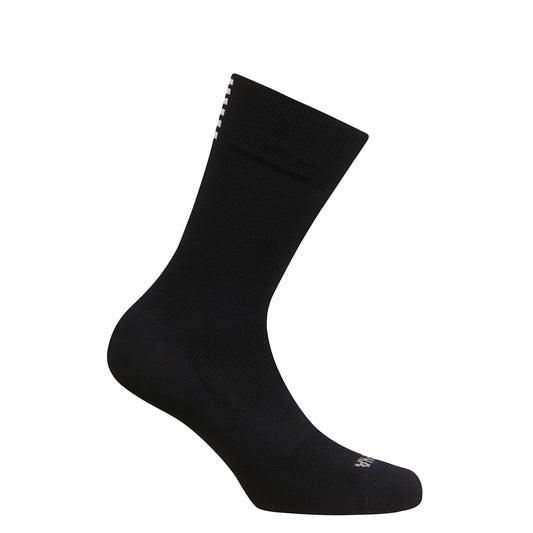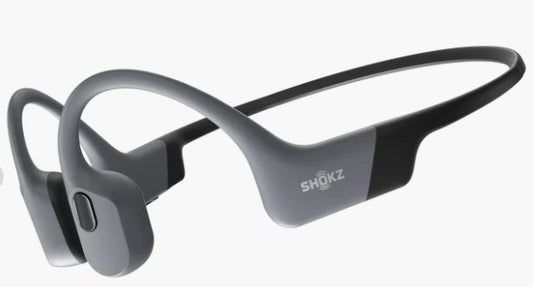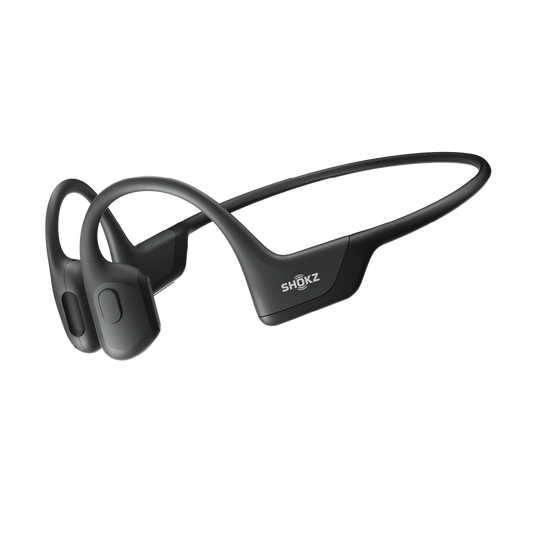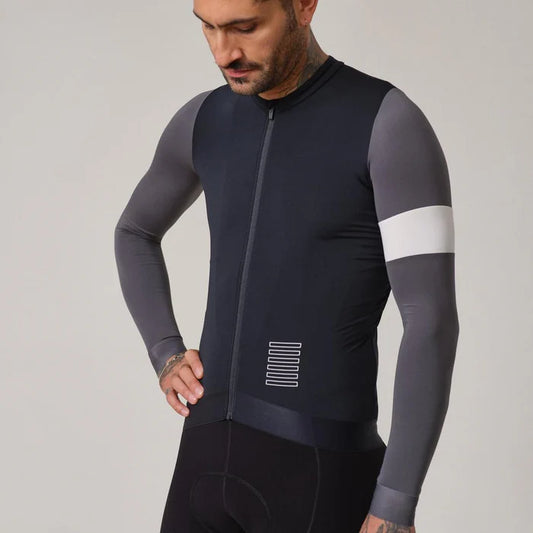One great approach to keep in shape, appreciate the surroundings, and lower your carbon footprint is by riding. Still, you have to keep safe when venturing on the roads. These cycling safety guidelines can help you have a safe and fun ride whether you ride often or just starting. This post will go over basic road cycling safety advice, the value of wearing safety gear, and the cycle safety rules you should abide by.
Always Wear a Helmet

The Importance of Head Protection
One of the most important bike safety advice is wearing a bicycle helmet. In an accident, helmets greatly lower the risk of brain injuries. Our selection of road bike helmets—including the KASK Protone Helmet—offers exceptional defence without sacrificing comfort. Helmet use has well-documented results showing that it can save lives and stop major injuries.
Choosing the Right Helmet
Make sure your chosen bicycle helmet fits appropriately and satisfies safety criteria. A decent helmet should cover your forehead and sit tightly on your head without shifting. Available at our store, the KASK Protone Helmet is made with modern technologies to provide ideal comfort and head protection.
Be Visible and Stay Alert
Wear Bright and Reflective Gear
Maintaining traffic safety mostly depends on visibility. To let drivers see you, wear bright, fluorescent colours and a bike safety vest. Particularly in early morning, late evenings, or foggy days, reflective clothes and accessories can make a big impact.
Use Lights and Reflectors
Whether it's morning or evening, always run front and rear lights on your bike. These lights increase your visibility to other road users and reflectors on your pedals and wheels help. This is not just a legal need in many places but also a decent habit.
Know and Follow the Road Rules

Ride with Traffic
Ride your bike always in the same direction as the traffic. Riding against traffic raises risk of accidents and is dangerous. Following all road rules—including stop signs and traffic signals—is also absolutely vital. Acting consistently helps other drivers predict your behaviour, so improving the safety of the roads for all.
Use Hand Signals
Talking with other road users is absolutely vital. To show your intentions—that is, whether you are stopping or turning left—use simple hand gestures. This lowers the possibility of crashes and helps pedestrians and drivers grasp your motions.
Equip Your Bike with Essential Safety Gear
Install Rearview Mirrors
Without turning your head, rearview mirrors on your helmet or handlebars can let you monitor what's behind you. Monitoring traffic and keeping awareness of other riders especially depends on this.
Carry a Patch Kit and Tools
Keep simple tools and a patch kit in your jersey pockets. Knowing how to change a flat tyre or perform little repairs will help you avoid getting stuck in a dangerous spot.
Plan Your Route and Stay Prepared

Choose Safe Routes
Choose routes with separate bike lanes or shared walkways when organising your rides. Steer clear of heavily congested areas wherever you can. Using bike-specific paths makes your journey safer and more fun and lessens your traffic exposure.
Check the Weather and Dress Appropriately
Review the weather before leaving. If it looks like it will rain, wear suitable gear—that is, a rain jacket and waterproof cycling shorts. To keep comfortable on your ride, layer your clothes; always carry sunglasses and sunscreen to guard against sun damage.
Stay Alert and Avoid Distractions
Keep Both Hands on the Handlebars
Maintain control of your bike by keeping both hands on the handlebars. This allows you to react quickly to any sudden obstacles or changes in the road.
Avoid Using Headphones
While it might be tempting to listen to music while riding, it's essential to stay alert to your surroundings. Being able to hear traffic and other road users can prevent accidents.
Be Prepared for Emergencies

Carry a Cell Phone and ID
Always have your cell phone and ID with you. In case of an emergency, you can call for help, and responders will have your identification details. Additionally, carrying a small amount of cash can be helpful for unexpected situations.
Ride with a Buddy
Ride with a friend whenever at all feasible. Not only is it more enjoyable, but in an emergency a companion can be rather important. Should things go wrong, you can encourage one another and seek assistance faster.
Safety for Road Users Vulnerability
Be Particularly Careful in High Traffic Areas
One of the vulnerable road users as a cyclist is yourself. When negotiating busy places, always be particularly careful. Remain vigilant and foresee pedestrian and driver behaviour.
Body Language and Eye Contact
To be sure cars at crossroads see you, make eye contact with them. Clearly state your intentions with body language. Use your voice or a bell, if needed, to call the attention of sidetracked pedestrians or automobiles.
Following These Advice Has Benefits in Reducing Accidental Risk
Your risk of accidents is greatly lowered by using these bike safety guidelines. You are a predictable and safe road user if you keep visible, follow traffic laws, and utilise correct gear.
Enhanced Confidence and Pleasure
Being informed about bike safety and well-prepared improves your pleasure of the sport. Knowing you are acting to safeguard yourself will help you feel more confident on the road.
Stay Safe with Safety Gear

At Live Life Cycling, we offer a wide range of high-quality cycling gear to keep you safe on the road. From top-of-the-line helmets like the Trek Velocis Mips Helmet to reflective clothing and bike lights, we have everything you need. Visit our store to gear up and ride safely. Remember, safety starts with the right equipment and knowledge.
By incorporating these road cycling safety tips into your routine, you can enjoy your rides while staying safe and protected. Have a safe and fun cycling day!
